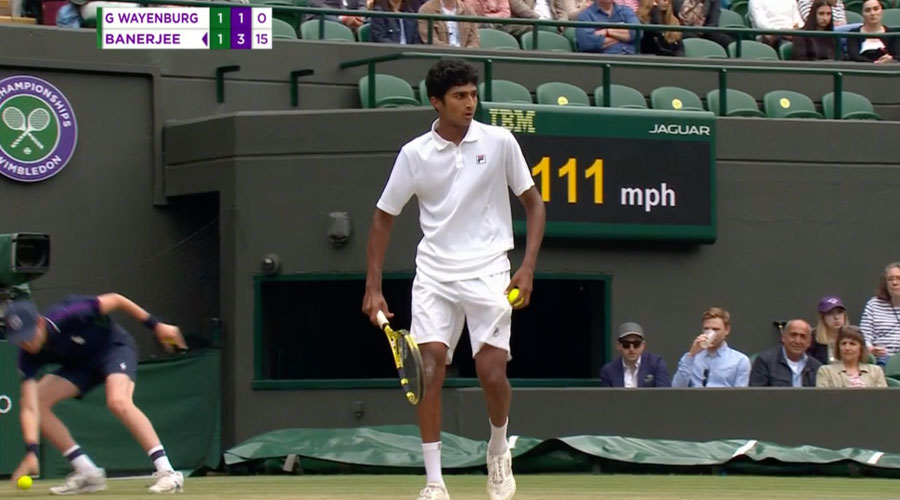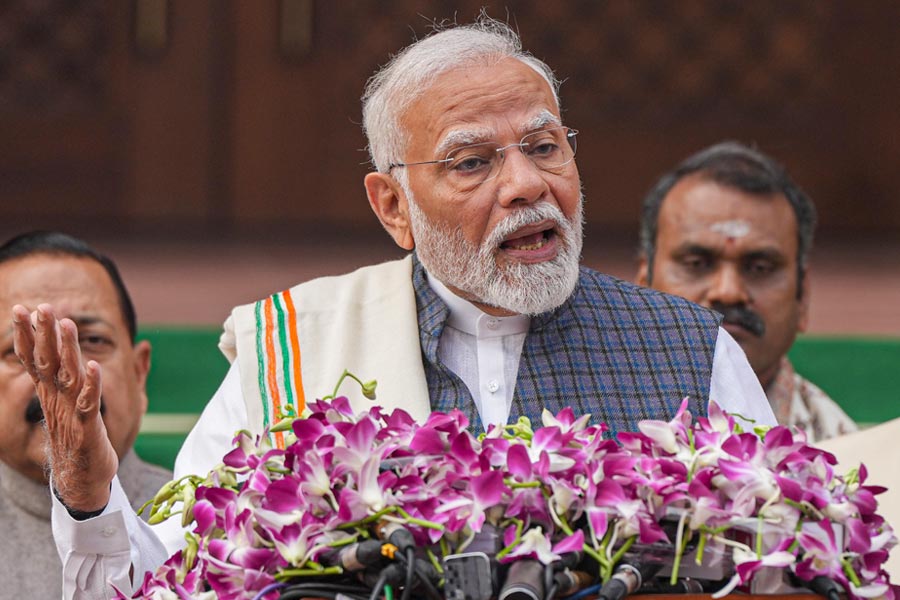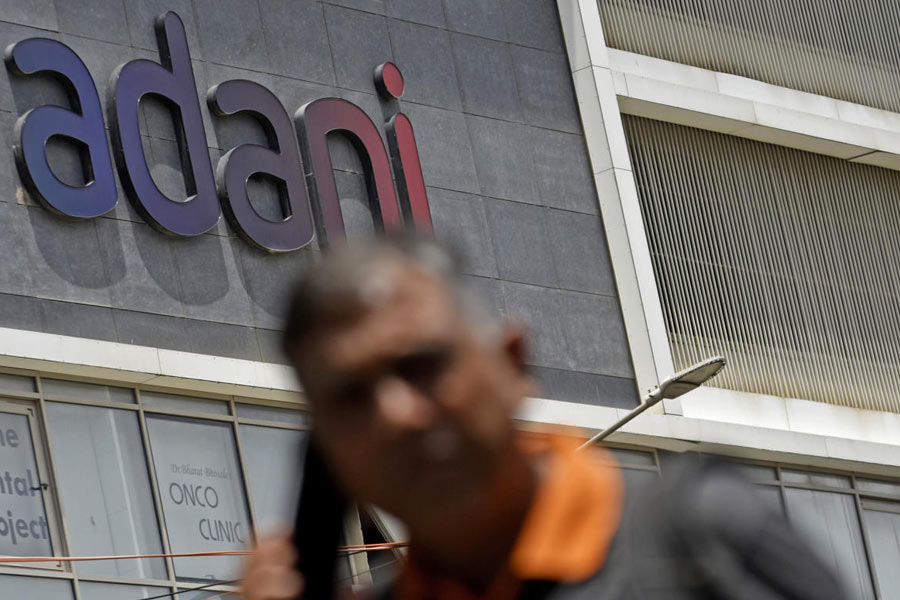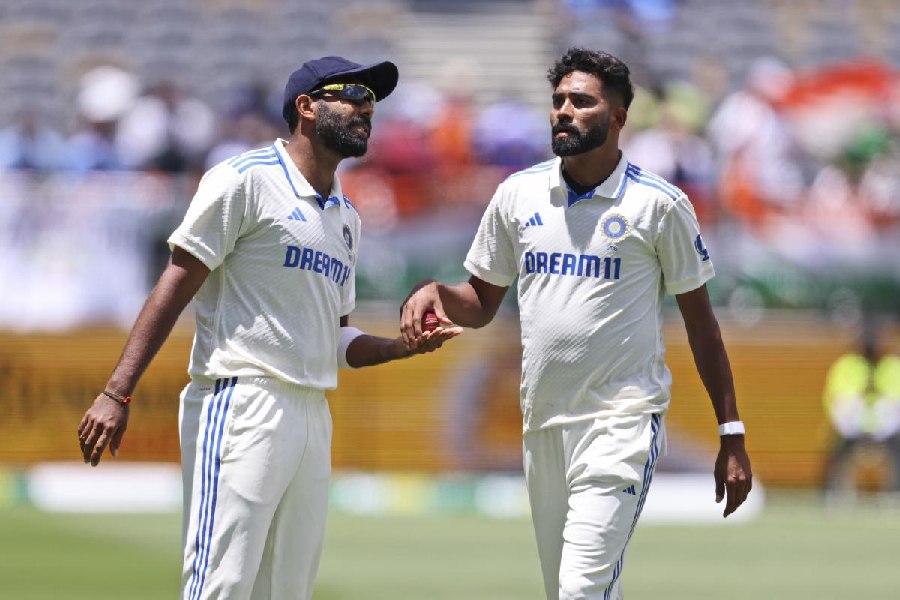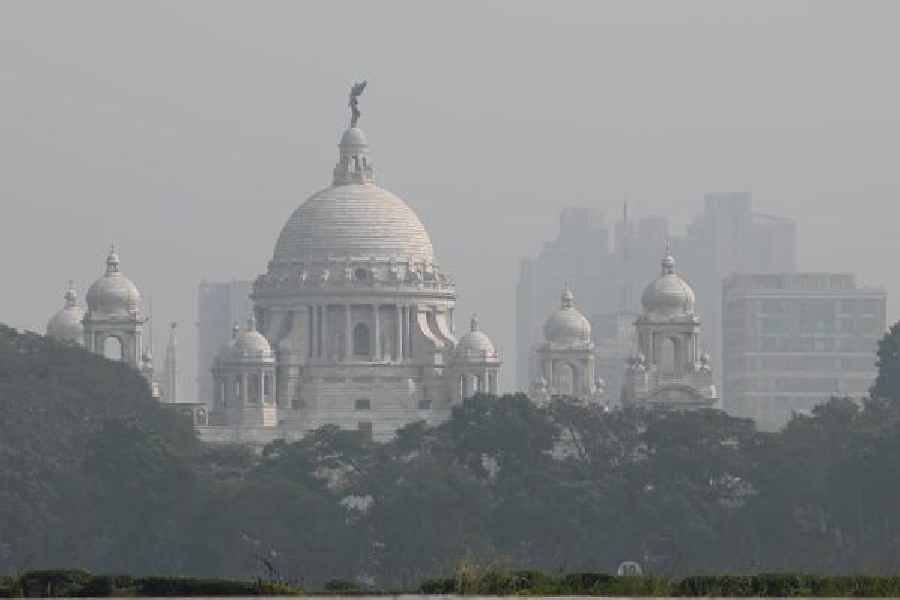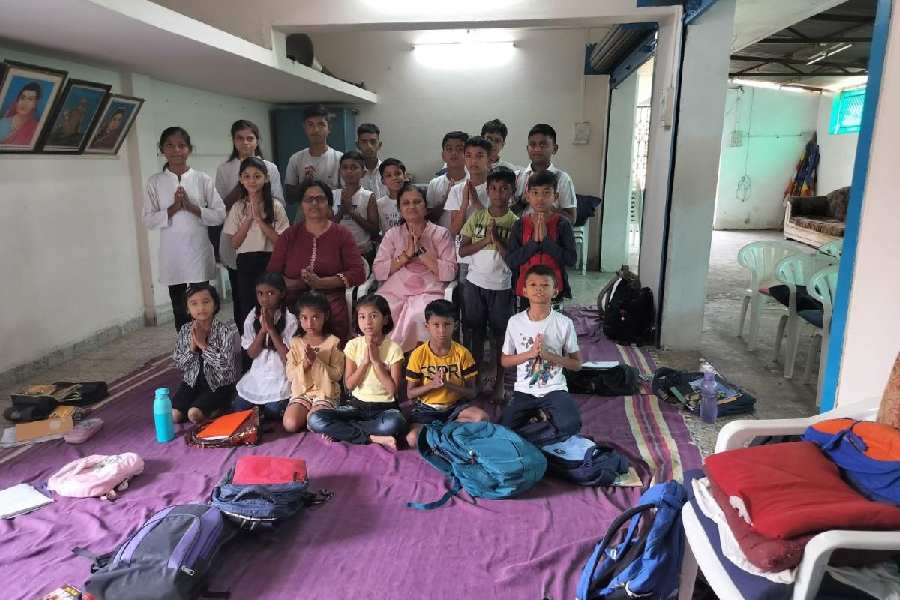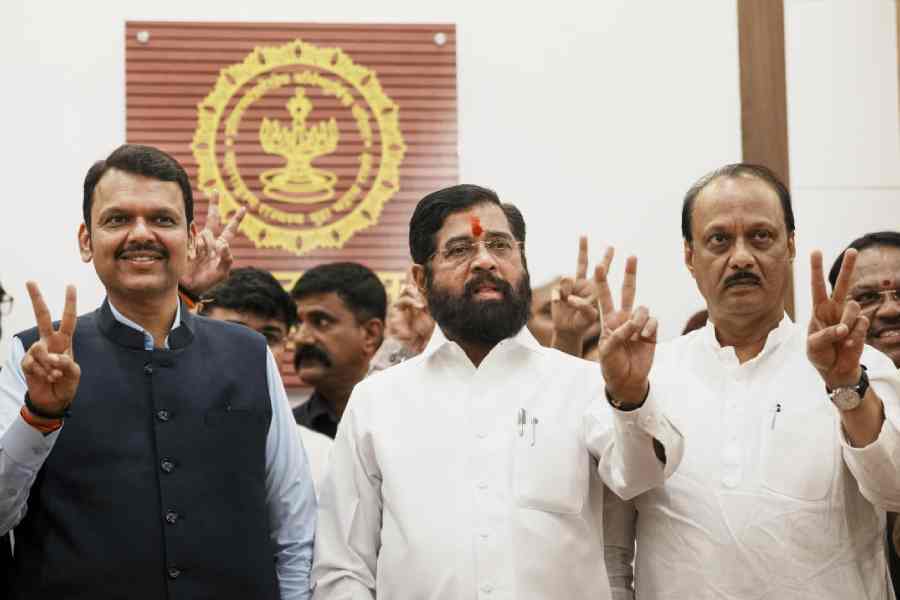A boy of Bengali descent will be playing in a Wimbledon final after more than six decades.
Seventeen-year-old Samir Banerjee of the United States reached the Junior Wimbledon final, winning 7-6 (7-3), 4-6, 6-2 in the semi-finals against France’s Sascha Gueymard Wayenburg on Saturday. He will take on compatriot Victor Lilov in Sunday’s decider.
Not just the Americans, but a good part of the Indian origin and Bengali-speaking people would also be keen to follow the boys’ final when it gets underway. And if Banerjee does go on to lift the trophy, he will be able to achieve what Jaidip Mukerjea couldn’t back in 1960.
“Leander (Paes) was the last Indian to play in the Junior Wimbledon final. But as far as the last Bengali to achieve such a feat is concerned, it’s me.
“I played in the 1960 final, which I lost to South African Rodney Mandelstam. I should’ve won that game as I was in a fairly good position,” recalled Mukerjea.
“I was the No.2 seed then. The year before (juniors’ meet in 1959), I sprained my ankle and retired in the semi-finals. I was 18 when I played in the final and before that, I had made my Davis Cup debut in Bangkok.
“But when I lost that final, I thought the world had come to an end... So disappointed was I. But I do hope Samir goes on to win,” he added.
The journey, though, hasn’t been too easy for the teenager, who’s from Basking Ridge in New Jersey. With an ITF combined ranking of 19, he came across two seeded players en route to the final, Maks Kasnikowski of Poland in the first round and fifth seed Pedro Boscardin Dias of Brazil in Round 3. Banerjee did drop a set against the Polish player, but took less than an hour to hammer the fifth seeded Brazilian 6-2, 6-1.
In Friday’s quarter final too, he took only 56 minutes to whip Croat Mili Poljicak 6-1, 6-1. The final certainly won’t be easy, but rhythm-wise, Banerjee’s chances look bright.
So far his India connection has only been about an IT juniors’ meet in New Delhi two years ago, where he lost in the quarter finals.
“On one hand, Samir’s achievement is very inspiring for the Indian tennis fraternity and aspirants from our country. It’s very convenient to claim he’s of Indian origin and this and that, but the fact is, he’s an American. That’s how we need to look at it,” said Gary O’Brien, an AITA coach and currently development officer of the Bengal Tennis Association (BTA).
“You may claim his Indian origin, but I think India has not contributed even 0.1 per cent to all his efforts, success and growth. So I don’t think we should take any credit whatsoever.
“Laymen may well say, ‘wow, see what India has achieved in the tournament’. But the fact is, he’s born and brought up and trains in the United States. Whatever he has done is outside of India. Period,” O’Brien said.

